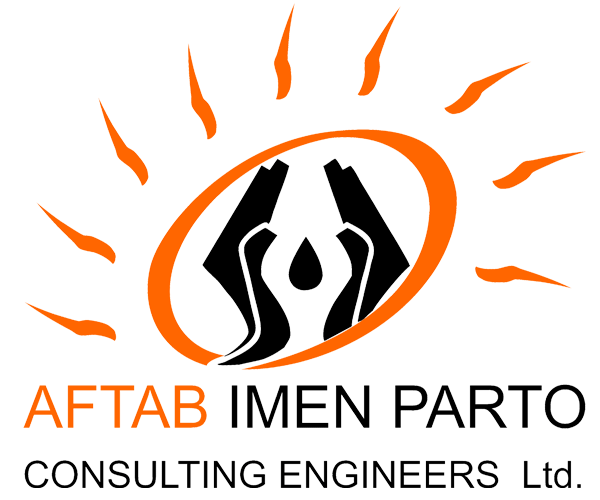What is Hydraulic Calculations for Cooling Systems by PipeNet Training?
Hydraulic calculations for cooling systems using PipeNet training focuses on teaching professionals how to perform hydraulic design and analysis for cooling systems (such as those used in industrial plants, power stations, and HVAC systems) using PipeNet software. PipeNet is a specialized software tool used for pipe flow analysis, pressure drop calculations, piping network design and optimizing the performance of fluid distribution systems, including cooling water loops.
The training provides knowledge on how to model and simulate the hydraulic behavior of cooling systems to ensure they operate efficiently, safely, and within design specifications. It covers both steady-state and dynamic calculations and provides insights into the impact of factors like pipe length, diameter, fittings, pump performance, and valve characteristics on the overall system performance.
Objectives of a Hydraulic Calculations for Cooling Systems by PipeNet Training Course
A PipeNet hydraulic calculations training course equips participants with the knowledge and skills to:
1. Understand Cooling System Design Principles–Learn the fundamentals of cooling water systems, including their components, design criteria and operational characteristics.
2. Use PipeNet Software–Gain hands-on experience with PipeNet software to model, analyze, and simulate hydraulic systems.
3. Perform Pressure Drop and Flow Calculations–Learn how to calculate pressure drops, flow distribution, and pump head requirements for cooling systems.
4. Optimize Cooling System Design–Understand how to optimize piping layout, equipment selection and system efficiency to minimize energy consumption and operational costs.
5. Assess System Performance–Analyze system behavior under different operating conditions, considering temperature variations, flow fluctuations and system constraints.
6. Troubleshoot System Issues–Learn to identify potential design flaws, performance bottlenecks and hydraulic imbalances and how to mitigate them through improved system design and operation.
7. Ensure Compliance with Industry Standards–Understand how to ensure that cooling systems comply with relevant standards such as ASME, API and local codes.
Who Should Attend Hydraulic Calculations for Cooling Systems by PipeNet Training?
This training is valuable for professionals involved in the design, operation, and maintenance of cooling systems, including:
• Process Engineers–Designing cooling systems for industrial processes, ensuring efficient heat removal and system balance.
• HVAC Engineers–Designing and optimizing cooling systems for commercial and residential buildings.
• Mechanical Engineers–Focusing on hydraulic system design and fluid dynamics in industrial cooling applications.
• Piping & Instrumentation Engineers–Responsible for piping layout, valve selection and system integration in cooling systems.
• Maintenance Engineers–Ensuring the reliability and efficiency of cooling systems through regular performance checks and optimizations.
• Project Engineers & Managers–Overseeing the implementation of cooling system projects and ensuring that the designs meet performance and regulatory requirements.
• Energy Managers–Evaluating and optimizing energy efficiency in cooling systems to reduce operational costs and environmental impact.
Why is Hydraulic Calculations for Cooling Systems by PipeNet Training Important?
This training is crucial because it helps organizations:
• Ensure efficient cooling system performance, minimizing energy consumption and maximizing cooling capacity.
• Improve system reliability and longevity by performing accurate hydraulic calculations to prevent issues like pressure drops or flow imbalances.
• Reduce operational costs by optimizing the design and layout of the cooling system, including reducing pump energy consumption and minimizing water usage.
• Ensure compliance with industry regulations and standards, avoiding potential fines or operational shutdowns.
• Prevent system failures by learning how to identify and mitigate hydraulic problems early in the design and operation stages.
By mastering hydraulic calculations and optimization for cooling systems using PipeNet, professionals can enhance the efficiency, safety and reliability of their cooling systems, ensuring that these systems operate optimally throughout their lifecycle.

